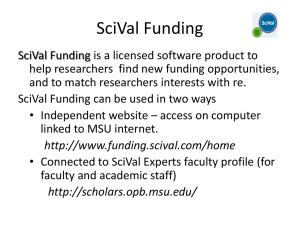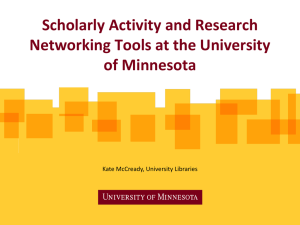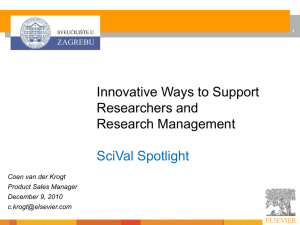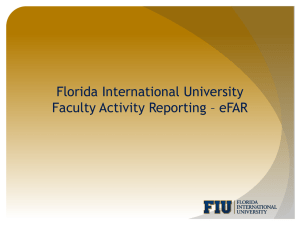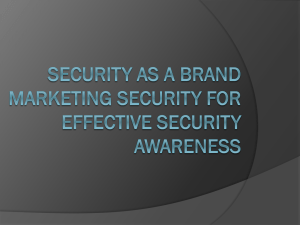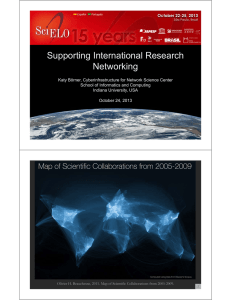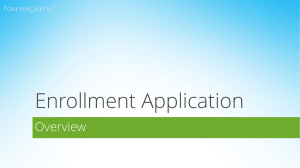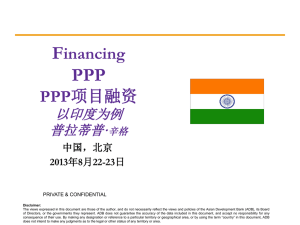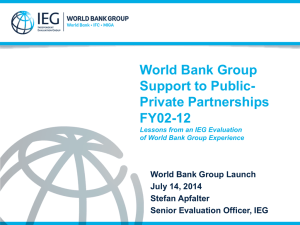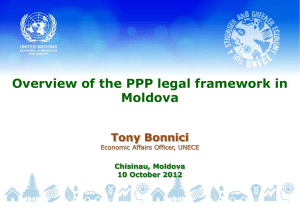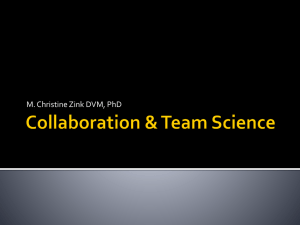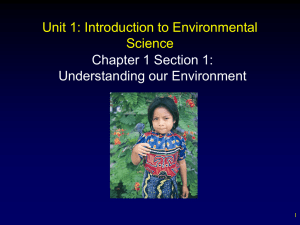PPT - Elsevier
advertisement
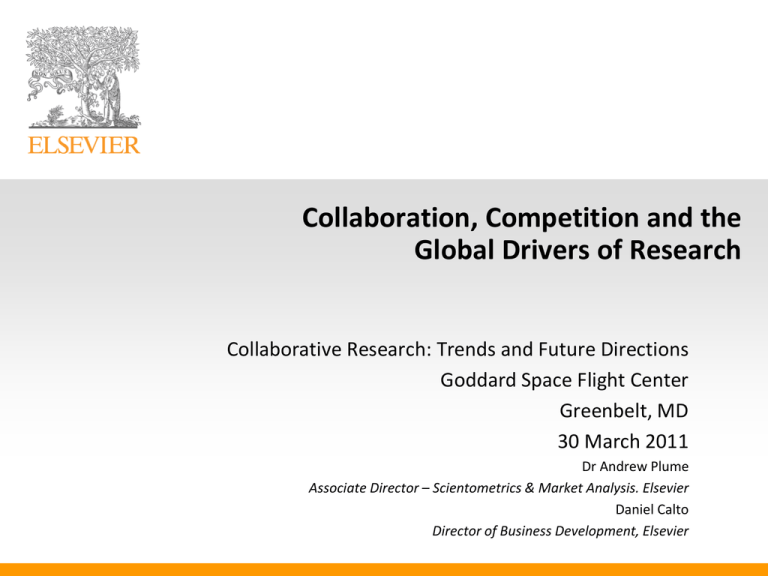
Collaboration, Competition and the Global Drivers of Research Collaborative Research: Trends and Future Directions Goddard Space Flight Center Greenbelt, MD 30 March 2011 Dr Andrew Plume Associate Director – Scientometrics & Market Analysis. Elsevier Daniel Calto Director of Business Development, Elsevier $1,159B $409B 2 Sources: Global R&D Magazine, Battelle (2010 estimates) http://www.rdmag.com/tags/publications/global-r-and-d-funding-forecast/ ; UNESCO Institute for Statistics (1990 actuals) www.uis.unesco.org/template/pdf/S&T/BulletinNo1EN.pdf (USD PPP—2010 est.) (USD--1990) $33.3B $2.5B 3 (USD PPP—2010 est.) (USD PPP—1990) $141.4B $12.4B 4 (USD PPP—2010 est.) (USD PPP—1990) $268.5B $101.9B 5 (USD PPP—2010) (USD PPP—1990) $401.9B $152.0B 6 (USD PPP—2010) (USD PPP—1990) Average Annual Growth of R&D Expenditure for US, EU-27, Asia-8 Source: National Science Foundation 7 R&D Expenditures for US, EU, and Asia 19962007 8 Source: National Science Foundation High-technology manufacturing share of total manufacturing, by region/country: 1985–2005 Source: National Science Foundation Global competition has increased dramatically Countries ranked by published output in 2007 10 New global leaders are emerging Countries ranked by output growth 1997-2007 “Today the dominant position of the United States in the international research and education community is being challenged as never before.” -American Academy of Arts and Sciences Drivers of collaboration and competition Collaboration Funding Personal allegiances Ideological, social and political forces Publish or perish Low-cost communication and travel Personal gain Competition Funding Personal antipathies Ideological, social and political forces Publish or perish Drive for individual recognition Personal gain Sharing in science 14 Levels of Scientific Collaboration at Major US Research Institutions Data Source: SciVal Spotlight 2009 US national map 15 Levels of Scientific Collaboration at Goddard Space Flight Center Data Source: SciVal Spotlight 2009 US national map 16 Why scientists don’t share Having access to other researchers’ data benefits/would benefit my own research I am willing to allow other researchers to access my raw research data Total Author Reader dichotomy more want access than are willing to share Chemistry Computer Science Earth & Env Sciences Engineering Life Sciences Materials Science Physics & Astronomy SocSci + Arts Hum + Economics Maths Medicine & Allied Health Significant difference between subset and total Significant difference between 2005 and 2010 data 17 Scientists seek recognition for their work There is one character trait . . . which is an intrinsic part of a scientist’s culture, and which the public image doesn’t often include: his extreme egocentricity, expressed chiefly in his overmastering desire for recognition by his peers. No other recognition matters. And that recognition comes in only one way. It doesn’t really matter who you are or whom you know. You may not even know those other scientists personally, but they know you—through your publications. 18 Why scientists don’t share Geneticists' Reasons for Withholding Post publication Information, Data, or Materials. Respondents who considered these motivating factors very important or important. 19 Big Science and hypercollaboration •3,222 authors •208 institutes •37 countries 80% 20 International collaboration is rising globally 21 International collaboration is rising globally 22 International collaboration is rising globally 23 International collaboration increases citation impact 24 International collaboration is field-dependent Numbers denote number of articles (thousands) in each subject area in 2008 25 2000: International collaboration is centered on a few hubs Germany Switzerland Belgium Netherlands Italy UK France Canada US Data Source: Scopus Japan 2008: International collaboration is centred on a few (more) hubs Germany Switzerland France Italy Canada Belgium Netherlands UK US Japan Australia Data Source: Scopus Collaboration may reflect geopolitical networks Data Source: Scopus 28 Collaboration may reflect shared history and language Data Source: Scopus Competition for research grants is increasing 30 What types of information tools can be used to increase collaboration and better understand patterns of both collaboration and competition? Data source: SciVal Experts – NASA pilot 31 Johnson Space Center NASA Pilot – Project Detail Data source: SciVal Experts – NASA pilot 32 Johnson Space Center NASA Pilot – Collaborator Network Detail Data source: SciVal Experts – NASA pilot 33 Johnson Space Center NASA Pilot – Research Profile Detail Data source: SciVal Experts – NASA pilot 34 Tracking interdisciplinary collaboration and national research capabilities Data Source: SciVal Spotlight 2009 US and China national map 35 US National Map – Distinctive Competency # 548 -- Avian Wing Design in Aeronautic and Astronautic Engineering Data Source: SciVal Spotlight 2009 US national map 36 Distinctive Competency #548 – “Treemap” of components of interdisciplinary competency Data Source: SciVal Spotlight 2009 US national map 37 Tracking interdisciplinary collaboration and national research capabilities -- Top Institutions Data Source: SciVal Spotlight 2009 US national map 38 Tracking interdisciplinary collaboration and national research capabilities -- Top Authors Data Source: SciVal Spotlight 2009 US national map 39 Tracking interdisciplinary collaboration and national research capabilities -- Top Countries Data Source: SciVal Spotlight 2009 US national map 40 Distinctive Competency #64 – Space Research and Geophysics – Top Institutions Data Source: SciVal Spotlight 2009 US national map 41 42
